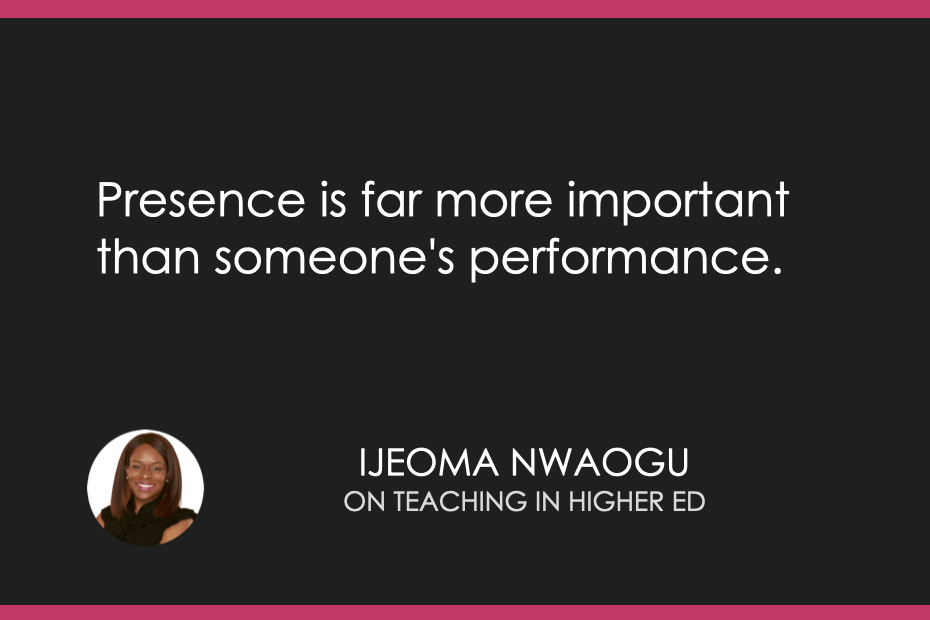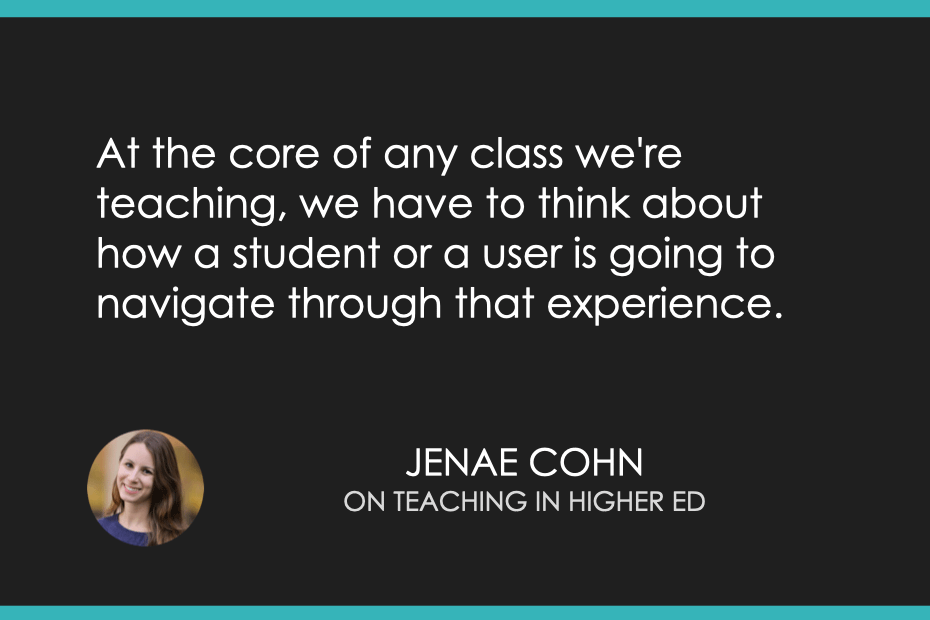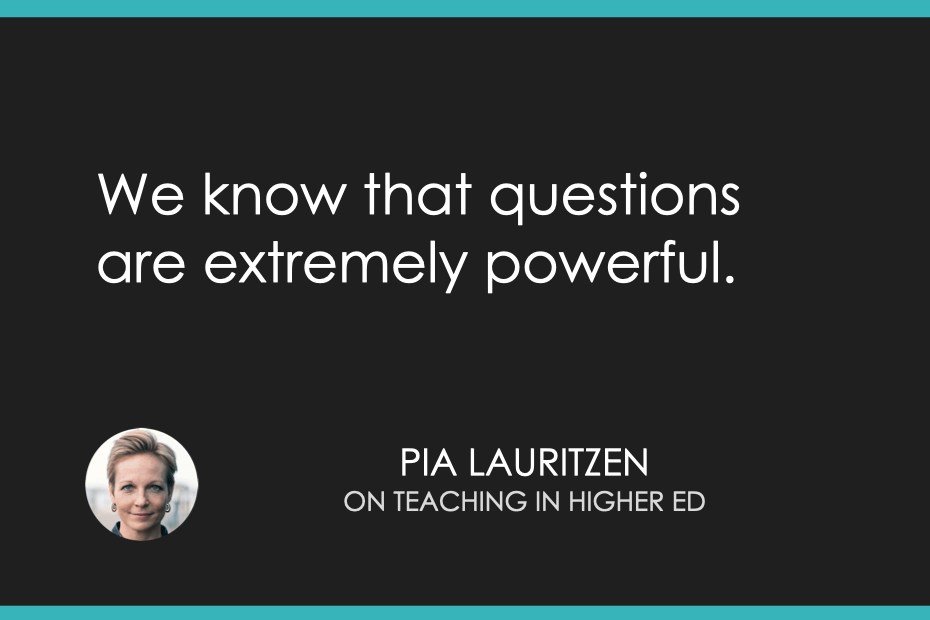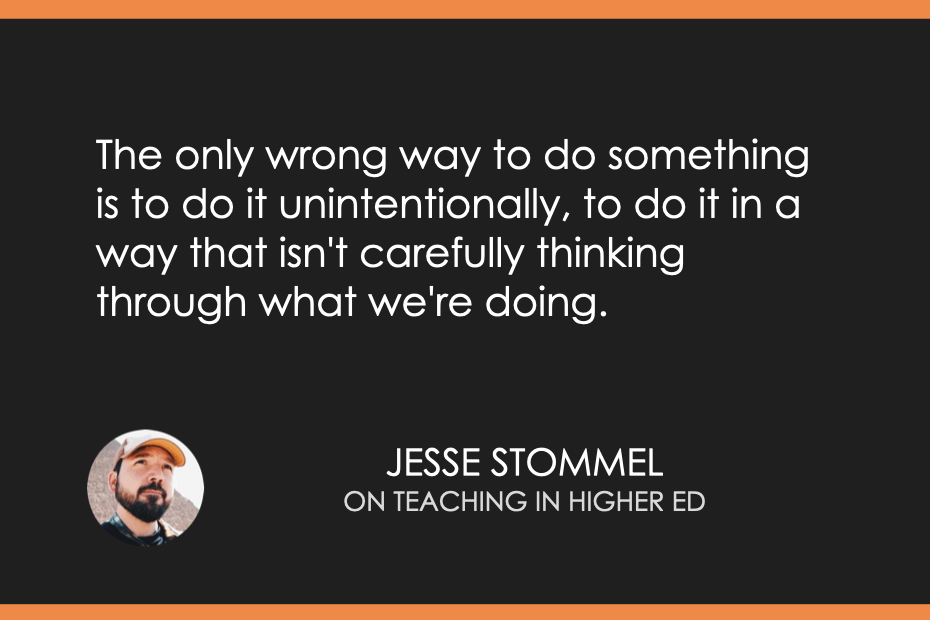Ijeoma Nwaogu shares about her book on Overcoming Imposter Anxiety on episode 487 of the Teaching in Higher Ed podcast.
Quotes from the episode

We start to question ourselves, and that feeling is really uncomfortable.
-Ijeoma Nwaogu
One word that I use in the book is called imposterize.
-Ijeoma Nwaogu
It's so valuable to be around diverse folks, folks who are different from you, but it's so important to also be in with like-minded folks, folks who look like you, folks who have similar beliefs because that can be reinforcing of who you are and to let you know that you are enough.
-Ijeoma Nwaogu
Presence is far more important than someone's performance.
-Ijeoma Nwaogu



